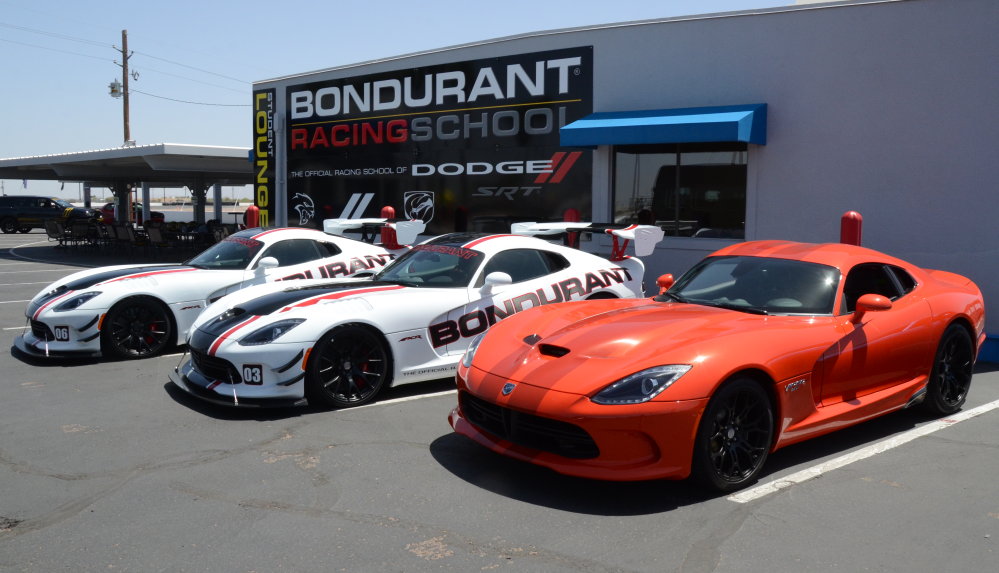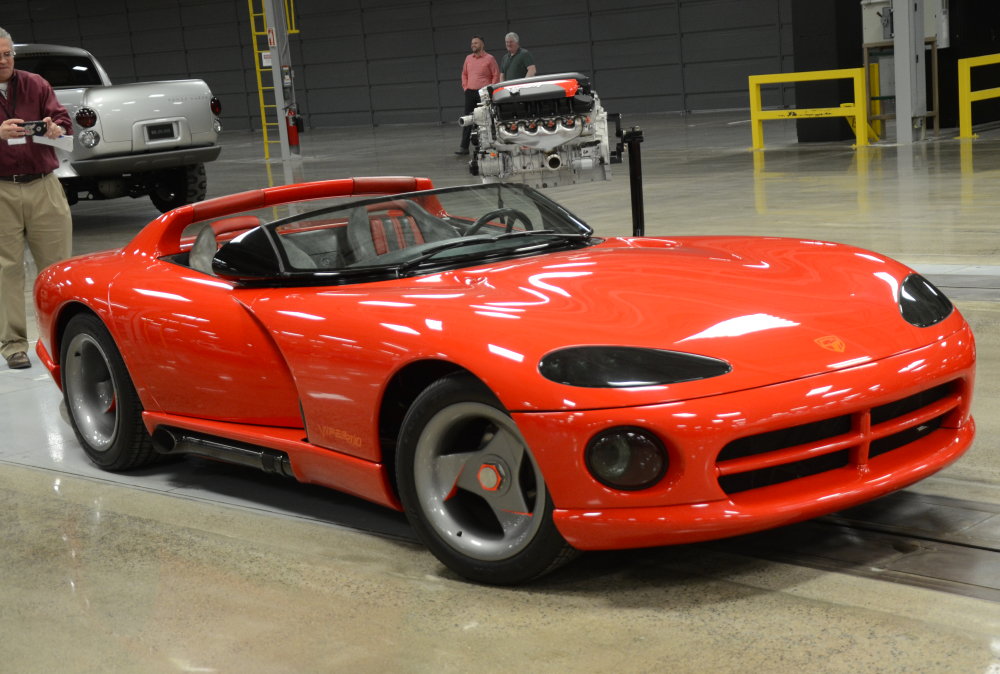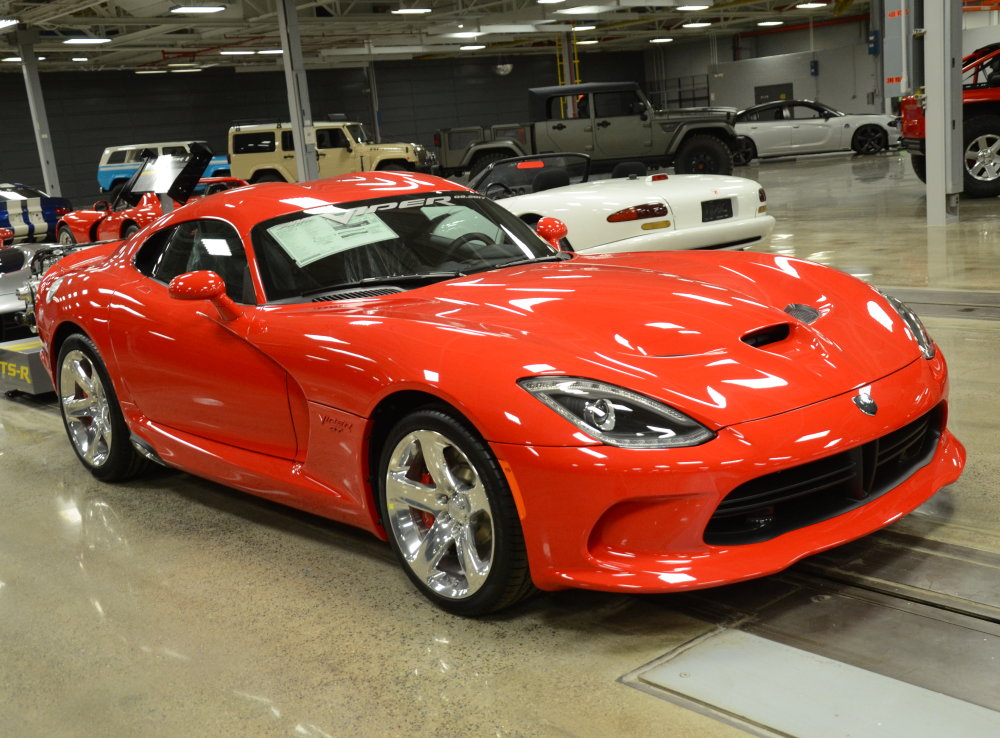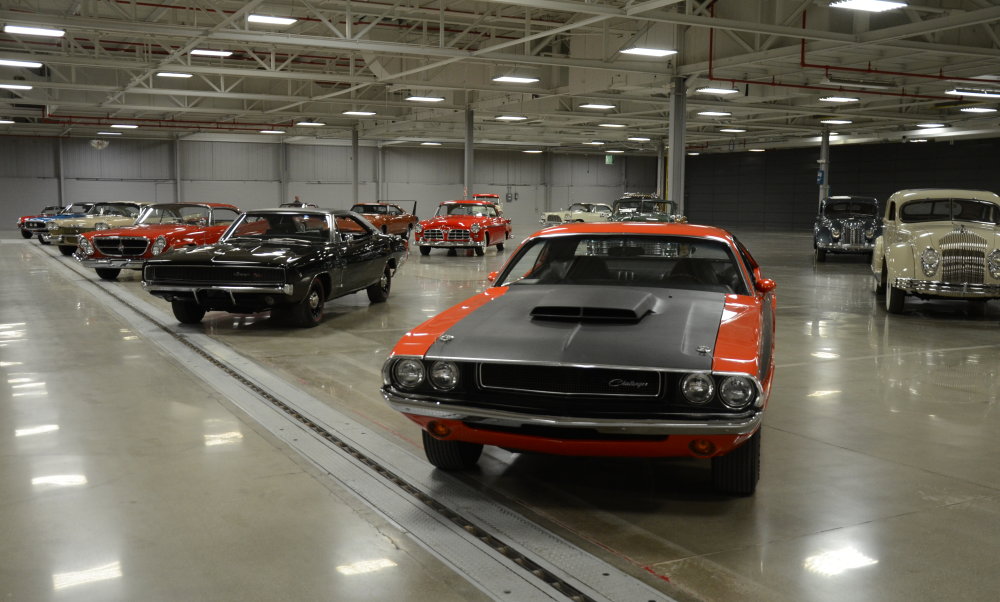There’s No Way the Dodge Viper is Gone Forever

Dodge doesn’t need to kill the Viper—it just needs to give it time to mature again.
Although production of the Dodge Viper ended almost a year ago and the Connor Ave Assembly Plant has been converted into a sort of Chrysler Group vehicle museum, I still don’t believe that the mighty Mopar supercar is gone forever. Even after FCA CEO Sergio Marchionne announced during the 2018 Five Year Plan discussion that no new Viper was in the plan, I still don’t believe that the Dodge supercar is gone forever.
Over the past few years, comments by FCA engineers – sometimes over drinks or meals – coupled with a few other key factors have led me to believe that there will eventually be a sixth generation Dodge Viper. When Car & Driver reported that a new version was coming for 2021, it seemed that my expectations were coming true, but within two weeks of that report, Marchionne said there was no new Viper in the plans. He made that comment during a discussion of the upcoming models between 2018 and 2023, so the head of FCA effectively killed the dreams of seeing a 2021 Viper.

However, while there might not be a new supercar coming for 2021, I am still confident that we will see a new Dodge Viper in the future.

End of Gen V
Back in August of 2017, the final Dodge Viper rolled off of the assembly line at the Connor Avenue plant in Detroit. A combination of lower-than-expected sales numbers and the inability to meet increasing crash safety standards forced FCA to end production, and by all accounts, it seemed to be the end of the road for the Mopar supercar.
As soon as the C7 Corvette Stingray was introduced, it was being favorably compared to the Viper and when the new Z06 hit the market, the Dodge was beaten in many head-to-head tests. No longer did the Viper truly stand out above the rest of the American performance crowd. In fact, with the Hellcat Challenger and Charger hitting the market in 2015, the Viper wasn’t even the highest performance Dodge product and you can get into one of those for roughly $20,000 less than the two-seat supercar.
‘To satisfy purists and to maintain some of the mystique of the original supercar, I believe that the company will look to an all-new, smaller-displacement V10 with forced induction.’
When the V10-powered machine left production in 2017, it was no longer the ultimate American performance car and that led to lower-than-planned sales of the V10-powered Mopar machine. When you add in the issues with the lack of side-impact airbag compatibility, the Gen V car was doomed.

Not only did the company end production, but the plant that had built every Viper since 1996 was gutted. All of the production tooling was removed and the facility was converted to a storage museum for the company’s historic vehicles. Also, all of the signage and many of the pieces of Viper history that were on display in the Connor Ave plant were auctioned off for charity – all-but-ending the discussion of an immediate return of the legendary supercar.
